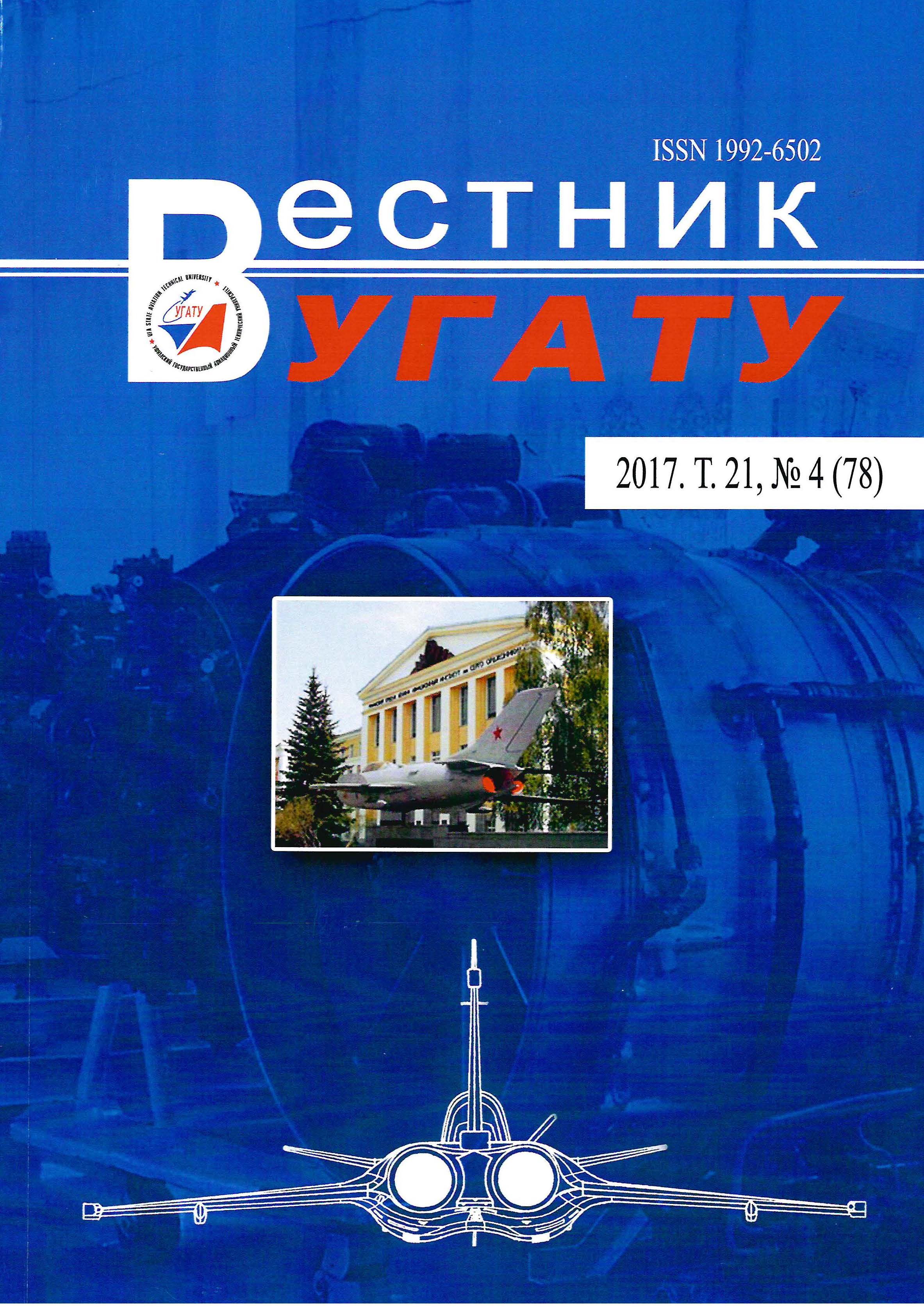Mathematical modeling of intensified heat exchange in pipes with turbulizers at turbulent current at high Reinolds numbers
Keywords:
intensification; mathematical; modeling; model; relative; boundary layer; scheme; heat exchange; trumpet; turbulent; turbulizer; roughness.Abstract
In the framework of this paper, the problem of intensifying heat transfer at high Reynolds numbers was solved with the use of a four-layer model of the turbulent boundary layer. The calculated data showed that the intensification of heat transfer can decrease by (60 ? 70)% with a million Reynolds number and by (65 ? 75)% – with a billionth in relation to similar heat exchange intensification conditions at a ten thousandth Reynolds number. Calculated data showed that with an increase in the Reynolds number from a million to a billion, the relative heat transfer value is practically stabilized; the influence of roughness on tubes with turbulence on heat transfer can be quite significant: of the order of (15 ? 30)% – for gases and (14 ? 24)% – for liquids. Reduction of relative heat transfer in the presence of surface roughness between turbulators for small diameter pipes at very high Reynolds numbers is less than 2.5%.Downloads
Published
2017-15-12
Issue
Section
AIRCRAFT AND ROCKET AND SPACE TECHNOLOGY

